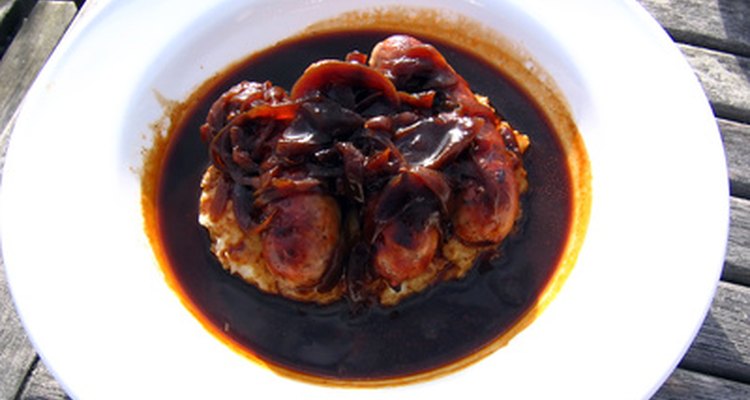
From cooking to cosmetics, wheat starch is a versatile ingredient with a wide array of uses. Wheat starch is a granulated carbohydrate extracted from wheat gluten and is often used in ways similar to corn starch. It has thickening, adhesive and absorbent qualities. You are most likely to find wheat starch at ethnic or health food stores.
Cooking
Wheat starch works to thicken most types of sauces, soups or gravies. Puddings and pie fillings are also thickened by it. In comparison to corn starch, wheat starch is a milder thickener. Some types of dough recipes, such as Chinese dumpling wrappers, also call for wheat starch. Wheat starch helps give dumpling wrappers a translucent quality. Typically it is best to dissolve wheat starch in water before adding it to anything, as lumps can otherwise form.
Facial Masks
Homemade as well as store-bought facial masks often include wheat starch. Wheat starch is highly absorbent and is used to help leech impurities and excess oil from your pores. In this way, it functions similarly to kaolin, which is a type of clay often used in store-bought masks. An effective, homemade toning facial mask uses wheat starch, egg white, strawberries and rose water. The items are blended to make a paste. After leaving on your face, the mask will stiffen, ,making it easy to peel away.
Glue
Wheat starch, along with other starches such rice starch, is a time-honored ingredient for making glue. Wheat starch glue has incredible adhesive power and is used in book-making, applying wallpaper and in many other paper-related applications. Glue is made by heating wheat starch and water on the stove in a saucepan until a paste is formed. The paste is then strained for use as glue. It is also possible to store the paste in the refrigerator for about a week for later use as glue. Stiffened paste can be softened with water, but if the glue has an odd odor, it has probably gone bad.
Related Articles
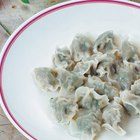
Can You Make Dumplings With Corn Starch?

Tapioca Flour Vs. Quick Cooking Tapioca

How to Cook Bulgar Wheat in the ...
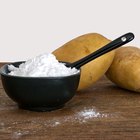
Xanthan Gum vs. Potato Starch

Substitute for Manioc Starch

How to Make Homemade Boiled Starch

Main Ingredients of English Muffins

How to Cook Tapioca Balls

Salt Water Taffy Ingredients

What Is Quick Cooking Tapioca?
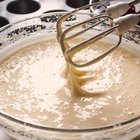
Does Cake Flour Contain Baking Soda & ...

How To Make Gluten Free Chicken Pot Pie

Bisto Ingredients
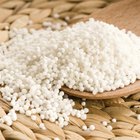
What Is the Nutritional Value of ...
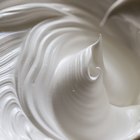
Alternatives to Xanthan Gum for Binding

Can You Use Konjac Flour in Baking?

How to Dissolve Cooking Flour
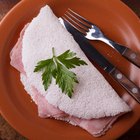
Arrowroot Starch As Tapioca Flour ...

How to Cook Burghal
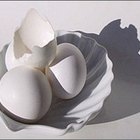
How to Freeze Egg Whites
Writer Bio
Mason Howard is an artist and writer in Minneapolis. Howard's work has been published in the "Creative Quarterly Journal of Art & Design" and "New American Paintings." He has also written for art exhibition catalogs and publications. Howard's recent writing includes covering popular culture, home improvement, cooking, health and fitness. He received his Master of Fine Arts from the University of Minnesota.
Photo Credits
sausages and celeriac mash with onion gravy image by green308 from Fotolia.com